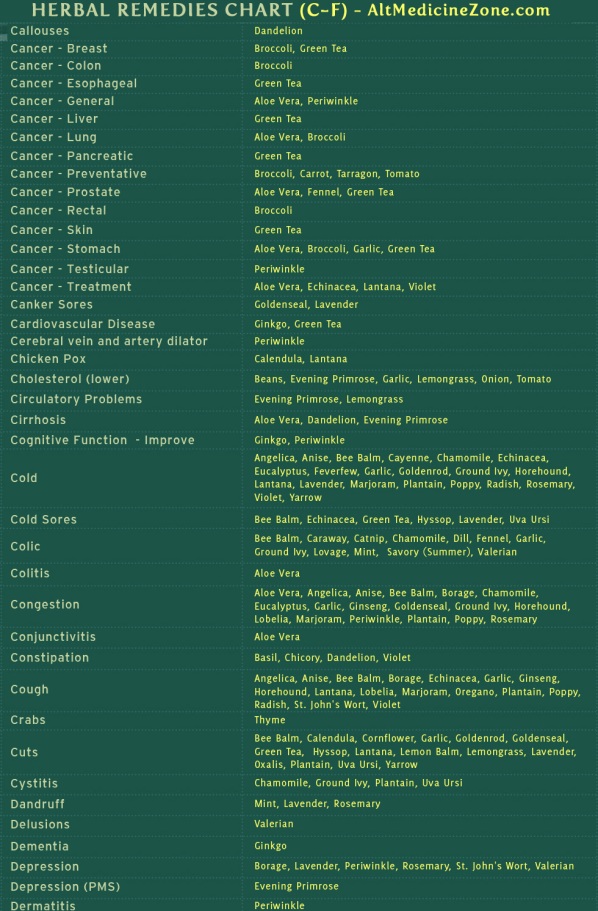Table of Content
It remains unclear if similar improvement would have been seen in the control arm if they had been educated similarly. In the control arm, 27 patients had major complications and 134 reported minor hemorrhagic events. Eight patients in the self management group had major complications and 55 reported minor hemorrhages.

Call Advanced Cardio Services and we can quickly provide you with a quote of insurance benefits. For instance, Ansell, Hasenkam, Watzke selected patients based on the stability of the PT as well as demonstrated compliance. At the same time, however, Sawicki and White chose patients who had poor control at baseline.
Prothrombin Time (INR) Home Testing Devices
They will work with you to decide if you’re a good fit for in-home testing. If you are, they’ll submit a form to a medical service company with your information. There are several companies that provide the machines and patient training, including Acelis, Roche, and RCS. A patient’s warfarin dose depends on many factors, including the patient’s age, overall health and genetic makeup. The dose may also need to be adjusted based on a patient’s diet and current medications.

As a result, treatment of each patient can be highly individualized and may lead to frequent testing, particularly when warfarin therapy is begun or when changes are made in the patient’s use of other drugs. Therapeutic index relates the dose of a drug required to produce a desired effect to that which produces an undesired effect (median toxic dose/median effective dose). Narrow therapeutic index drugs are those that have less than a two-fold difference between median lethal dose and median effective dose. The duration of anticoagulation therapy varies with the underlying indication and with the patient’s response to therapy. Some conditions require anticoagulation for only a period of a few months, while other conditions require long-term and possibly life-long anticoagulation. Home management is historically focused on patients needing long-term or life-long coagulation.
CMS & HHS WEBSITES
The authors concluded that no significant differences in INR values or serious adverse events were found between the two groups, demonstrating that selected patients are capable of measuring their own INR and dosing their warfarin accordingly. Encourage your patients to have their home-use INR test meter routinely compared to a laboratory test to evaluate device performance. You don't need any medical experience or technology skills to perform the simple INR test. Real-time results allow immediate counselling and education without delay. NATF provides the information and materials on this site for general information purposes only. You should not rely on the information provided as a substitute for professional medical advice, care, or treatment.

Coverage criteria should not include burdensome language or requirements and the warfarin managing provider should be the responsible entity to assess and document anticoagulation. Another comment notes that while home self testing for PT/INR is beneficial for many patients, not all patients should be allowed or encouraged to self test. In addition, geriatric population would have problems checking PT/INR by themselves at home.
INR Testing at Home: What You Need to Know
We agree that deep venous thrombosis includes all patients with venous thromboembolism and have discussed this elsewhere in this decision memorandum. The Medicare contractors may provide guidance on documentation it expects to support a claim. Warfarin preparations now have a labeled black boxed warning to remind practitioners that PT/INR must be monitored if patients are being anticoagulated with this drug.

Patient self testing training should be provided to beneficiaries by a physician or pharmacist. The comment requested information on billing Medicare for pharmacist services rendered through a warfarin clinic under a physician protocol performed by pharmacist. For an item or service to be covered by the Medicare program, it must fall within one or more of the statutorily defined benefit categories outlined in the Social Security Act . The information provided supports continuing the current benefit category of the Act section 1861, “diagnostic laboratory tests and other diagnostic tests,” for the new indication. The information and resources on this website are intended to provide useful information for patients and caregivers who are using INR test meters in the home and for health care providers using INR test meters in a clinical setting.
Page Help for NCA - Prothrombin Time (INR) Monitor for Home Anticoagulation Management (CAG-00087N) - Decision Memo
The authors concluded that properly selected and suitably trained patients are capable of routinely performing home anticoagulation measurements with a point-of-care device. TTR contains more information than proportion of INR values within target range. The proportion of INR values within target range is defined as the number of INRs within target range divided by the number of PT tests. The resulting figure is simple to calculate but biased…the figure is affected by the tendency for physicians to perform repeated tests soon after an out-of-range INR. It can be demonstrated that this bias increases as the interval between tests increases.
One of the goals of our determination process is to assess health outcomes. These outcomes include resultant risks and benefits such as increased or decreased morbidity and mortality. In order to make this determination, it is often necessary to evaluate whether the strength of the evidence is adequate to draw conclusions about the direction and magnitude of each individual outcome relevant to the intervention under study. In addition, it is important that an intervention’s benefits are clinically significant and durable, rather than marginal or short-lived. Generally, an intervention is not reasonable and necessary if its risks outweigh its benefits.
All things being equal, increased frequency of testing should lead to a more accurate assessment of TTR. Whether this will increase or decrease TTR would seem to depend on circumstances, without any large nor consistent bias observed. Despite numerous guidelines recommending anticoagulation for several indications, as well as a quality parameter of CMS's Peer Review Organizations, thousands of patients are not being anticoagulated.
We believe that the final decision balances the desire for broader access against the concerns that some patients will not test correctly and may thus be harmed. As noted previously, there are numerous indications for anticoagulation, some more generally accepted than others. It is generally agreed that all patients with mechanical heart valves need to be anticoagulated. Other indications do not have universal agreement, although most would agree that patients with atrial fibrillation and evidence of a thrombotic stroke would benefit from anticoagulation . CMS agrees with these comments and we expect that the beneficiary’s treating physician will assess and document the adequacy of the beneficiary’s anticoagulation.
Built-in Quaility Control test runs with every INR meter test you take, ensuring accurate PT/INR meter results are given every time you test. There is no need for external control solutions or meter calibration, saving you time and giving you peace of mind. Greater TTR is also probably a result of the fact that PST allows the patient to evaluate how lifestyle events affect INR stability. This timely feedback may then allow the patient to modify lifestyle elements and thereby improve INR stability. More frequent testing also provides the ability to detect any drift in INR stability sooner, rather than later, thus keeping INR within a set range.

Nine comments are against PT/INR home monitoring for anticoagulation management for all patients receiving warfarin. Sixteen comments pertain to issues outside of the purview of this national coverage analyses, e.g. reimbursement issues, such as Medicare coverage of cognitive behavior services and telephone services in coagulation clinics). The 2001 NCD for home PT/INR monitoring restricted Medicare coverage of home testing to patients with mechanical heart valves since the majority of the medical literature addressed only this subset of patients. Since that time, there have been several articles published on both patient self testing and patient self management in various patient populations. Additionally, both the American Heart Association and American College of Cardiology have released position statements supporting the use of home monitors for the management of specific patients needing long-term anticoagulation . Horstkotte conducted one of the first randomized prospective trials related to home INR testing.

























